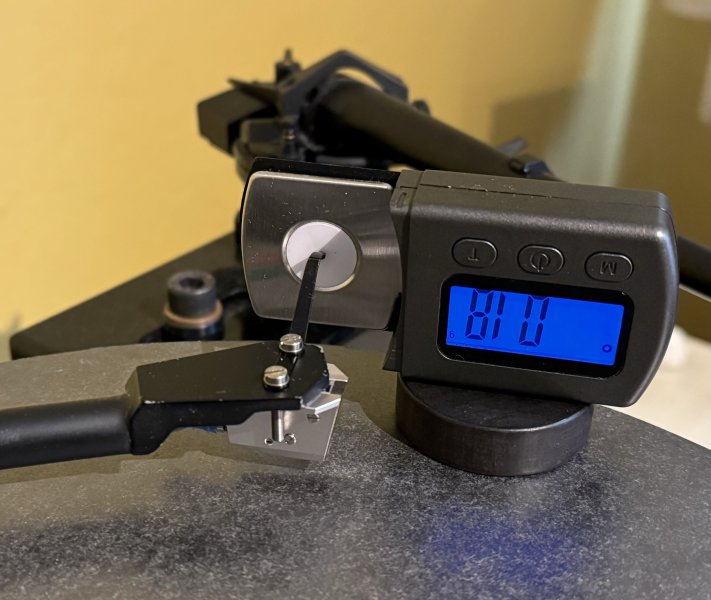Cartridge dampers deteriorate. If you don’t think they do, I can’t help you. Sometimes you can see deterioration visually sometimes not. It can be tested using a 7-20 or 30Hz frequency sweep on a test record or it’s best to send it to a professional for inspection. I do it using computer software to record the track and analyze the FFT graph or I use AM software. It can simply be done by looking at cartridge movement. It requires experience, I can do that but that’s not scientific. If you’re checking your cartridge at home it’s ok but if you’re going to declare the world that everybody is wrong you can not take any chances.Can you please share with us how you came to this conclusion? How do you measure this deterioration?
Jelco's first mode is slightly below 300 Hz. I am yet to see any tonearm with a resonant mode below 50 Hz. What are your conclusions based on? You say the tonearms are supposedly "not rigid enough". How did you measure it?
What can possibly be a source of movement in the 0-20 Hz range of a 2 inch hardwood desk screwed to a 45 cm basement concrete wall? Where this interference from the outside world come from and how will it affect the measurements?
Oh pity me, my life is now ruined. But before I take my monastic wows and forego the secular life altogether... Can we please see any objective data on which you base your opinion?
Claiming that “accepted wisdom turned out to be completely wrong” about Tonearm-cartridge resonance calculations is a bold sentence and release it over a web blog is even bolder which requires a more professional approach.
- At least you should have sent cartridges to a professional to be inspected.
- A better approach is choosing 3 new cartridges from well respected brands with different compliances and buying 3 from each (9 in total).
- Sometimes new cartridges have suspension issues. It’s a better and more scientific way to have 3 new examples of the same cartridge. That’s why buying 3 from each cartridge makes sense.
Instead of doing those things experimenting with old and used cartridges which have suspensions at unknown condition is not the proper way of proving the world is wrong.
Reaching to a conclusion like : Modern cartridges (meaning all those built in the last 60 years or so) have too much suspension damping and non-linearity for the resonances to dominate” with only 3 basic cartridges (Shure M97, Ortofon SL15 and Denon DL103) at unknown condition is pretty prematurely conclusive.
Reaching this conclusion: “The frequency of the observed motion is determined largely by the frequency of the excitation” or this one: “ The cartridge/tonearm system acts as a lowpass filter for vibrations picked up by the stylus” using one basic arm (Jelco) and 3 old cartridges is again unnecessarily conclusive due to reasons I explained above.
That’s enough for now.
Last edited:







